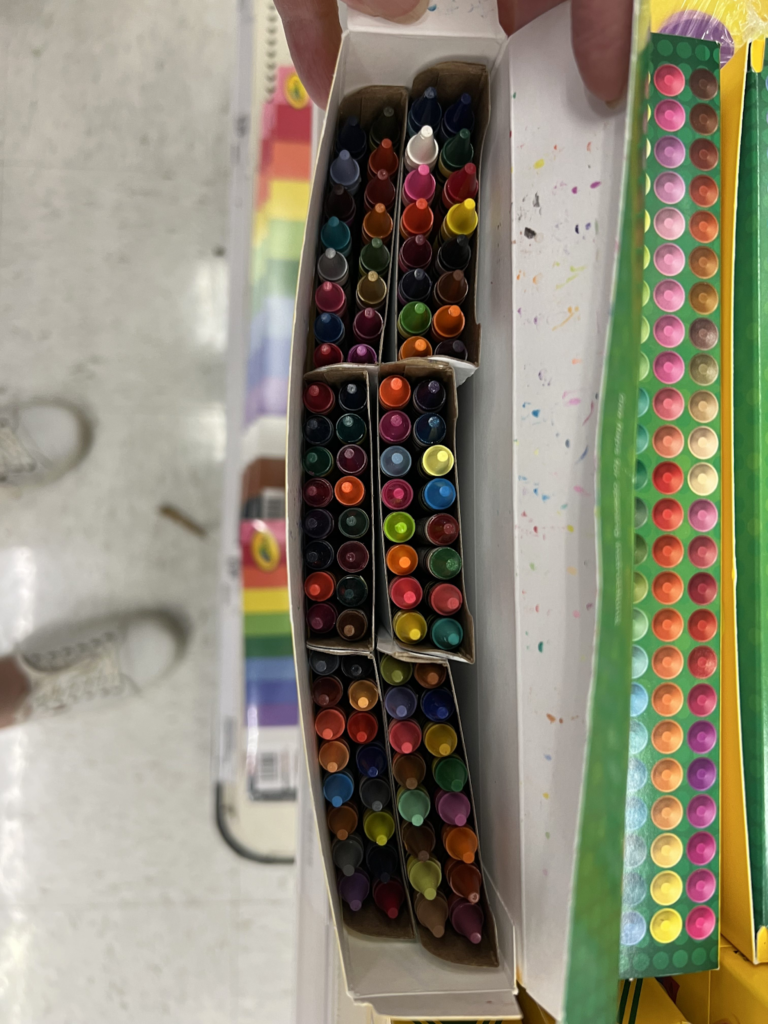By Kristen Acosta
Did you ever hear the saying, “a picture is worth 1000 words?”Children, like adults, rely on their vision to make sense and understand the world around them. Teachers can use visuals to their advantage when teaching mathematics.
Pictures and images play an important role in a child’s growing development and in their understanding of mathematical ideas. Pictures can stir creativity or evoke an emotion. Pictures can start conversations. Pictures can tap into a person’s background knowledge as the image may stir up a memory or a question or an idea.
Using pictures to have a math conversation with students is an easy way to engage students in math and make math accessible to all children. Math isn’t a subject that is purely in a textbook. Math isn’t about algorithms or shortcuts. Math is about seeing patterns and coming to understand them both verbally and abstractly.
Look at the picture of the crayons. Ask yourself “What do you notice? What do you wonder?” (Your brain is now making sense of what you are looking at.)

A few things that you might notice:
- There are many different color crayons
- Crayons are lined up in smaller boxes
- There are a whole lot of crayons
A few things that you might wonder:
- How many crayons are there in the big box?
- How many crayons are in one row?
- How many crayons are in the smaller boxes?
My first question to my students might be, what do you notice? Then what do you wonder? Then, any idea “how many crayons are therer in the big box?” The next follow up question, how do you know, is the most important because this will give the teacher an idea of how each student is counting the crayons. How might students count the crayons? They may just add up the crayons in the smaller boxes before multiplying to calculate the total number of crayons.
An extension of this idea might be to use this same image for division as well. You could even change the number of crayons to bring in the idea of remainders. “If I had 140 crayons, how many smaller boxes would I need for the crayons?” With this question, there will be left over crayons which will help students visualize that not all the crayons will fit neatly and orderly in the given box. There will be remainders or left over crayons.
Utilizing pictures in your math lessons is a wonderful way to not only engage your students, but help them develop number sense. You will be amazed at the conversation that will get started because every child will have something to say. Most importantly, you are making math an active subject that takes math out of a textbook and into everyday life.
For additional resources: Edutopia Article Website


0 Comments